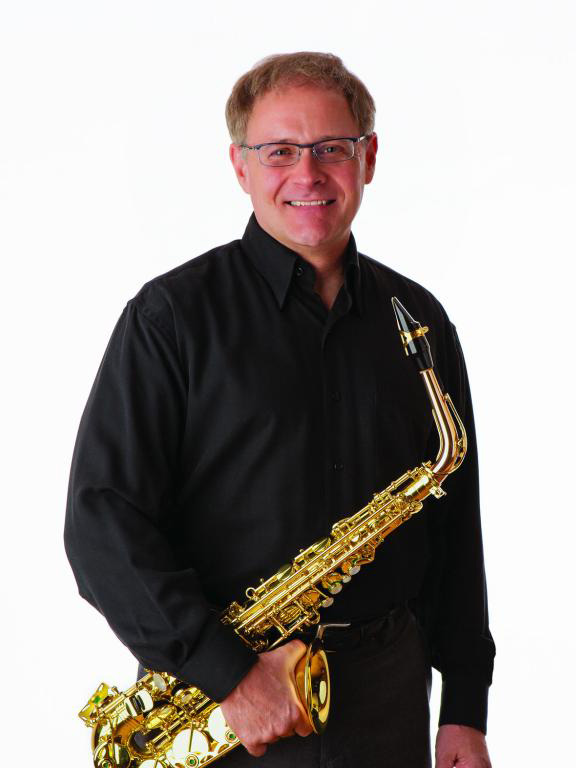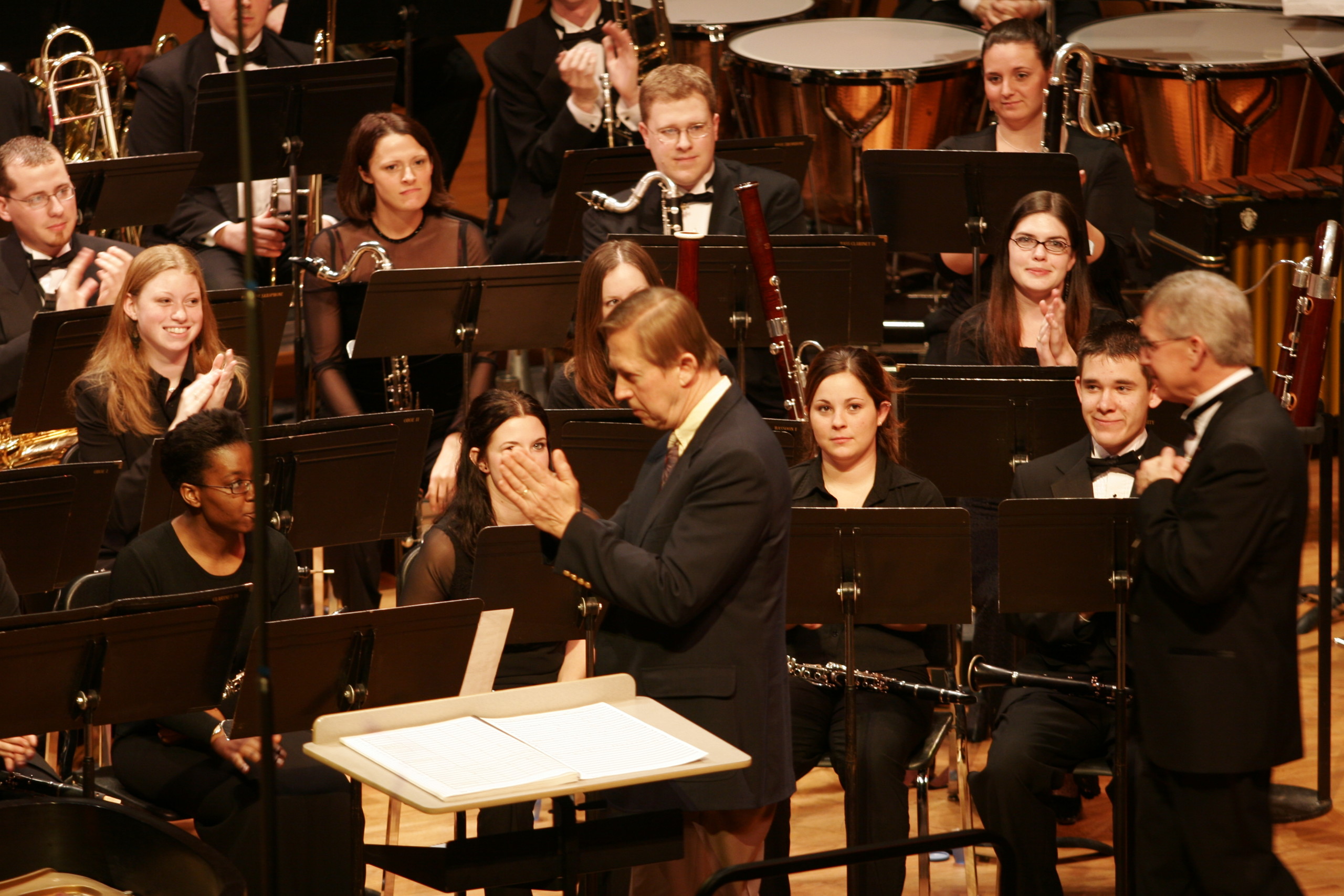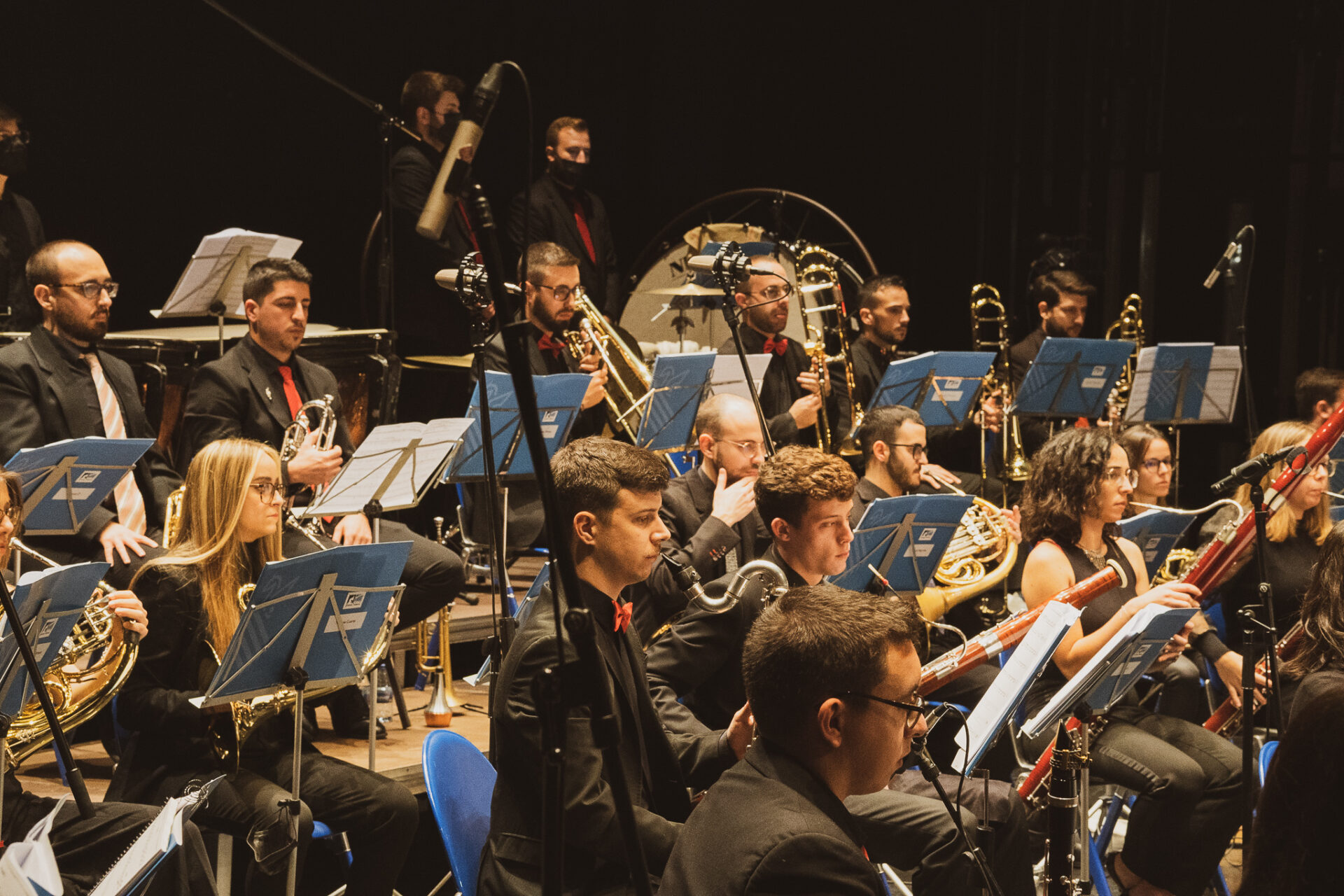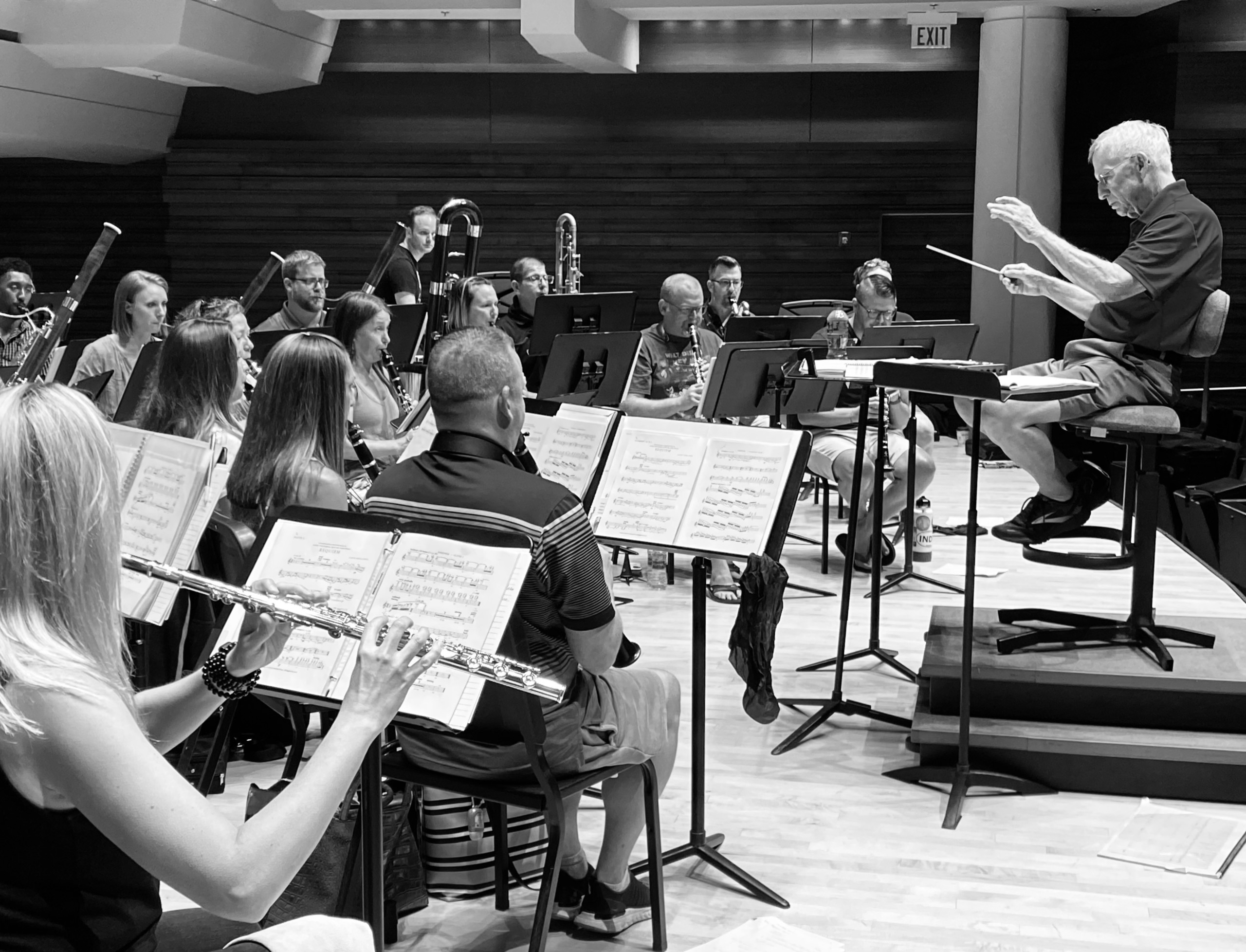Maslanka Weekly highlights excellent performances of David Maslanka’s music from around the web.
Normally, we think of a vista as a pleasing view – especially one seen through a long, narrow opening. But there are other ways to define a vista, such as a mental view of a succession of remembered or anticipated events.
Through daily meditation, David would often see panoramic vistas and imagery he would try to interpret. For example, when writing the Saxophone Quartet Mountain Roads, David said that “I dreamt that I was part of a work crew making new roads in high mountain country. It was springtime, the weather was clear, sunny and comfortable, although there was still snow on the ground. The effect of the place was exhilarating as only mountain wilderness can be. It seemed to me that the dream was a beautiful metaphor for new life and new spiritual opening.”
This week, we feature three of David’s compositions that emulate various kinds of vistas: Symphony No. 8, A Child’s Garden of Dreams, and Symphony No. 6.
Symphony No. 8 – I. Moderate, Very Fast
From David’s Program Note:
Symphony No. 8 is in three distinct movements, bur the musical layout suggests a single large-scale panoramic vista.
I began the composition process for this symphony with meditation, and was shown scenes of widespread devastation. But this music is not about the surface of our world problems. It is a response to a much deeper vital creative flow which is forcefully at work, and which will carry us through our age of crisis. This music is a celebration of life. It is about new life, continuity from the past to the future, great hope, great faith, joy, ecstatic vision, and fierce determination.
The old is continually present in the new. The first movement touches the “Gloria” from my Mass: “Glory to God in the highest,” whatever that may mean to you: the power of the universe made manifest to us and through us.
Watch below as Hervé Grélat leads the Blasorchester Stadtmusik Luzern in a thrilling performance of Movement I.
More info
- Hervé Grélat
- Blasorchester Stadtmusik Luzern
- Symphony No. 8 @ davidmaslanka.com
A Child’s Garden of Dreams – III.
From David’s Program Note:
A Child’s Garden of Dreams was commissioned by John and Marietta Paynter for the Northwestern University Symphonic Wind Ensemble. It was composed in the summer of 1981 and premiered by Northwestern in 1982.
The following material is from Man and His Symbols by Carl Jung:
A very important case came to me from a man who was himself a psychiatrist. One day he brought me a handwritten booklet he had received as a Christmas present from his ten-year-old daughter. It contained a whole series of dreams she had had when she was eight. They made up the weirdest series of dreams I had ever seen, and I could well understand why her father was more than just puzzled by them. Though childlike, they were uncanny, and contained images whose origin was wholly incomprehensible to the father….
In the unabridged German original, each dream begins with the words of the old fairy tale: “Once upon a time….” By these words the little dreamer suggests that she felt each dream were a sort of fairy tale, which she wants to tell her father as a Christmas present. The father tried to explain the dreams in terms of their context. But he could not do so because there appeared to be no personal associations with them….
[The little girl] died of an infectious disease about a year after that Christmas….”[The dreams were a preparation for death, expressed through short stories, like the tales told at primitive initiations.]
The little girl was approaching puberty and at the same time, the end of her life. Little or nothing in the symbolism of her dreams points to the beginning of a normal adult life…. When I first read her dreams, I had the uncanny feeling that they suggested impending disaster….
These dreams open up a new and rather terrifying aspect of life and death. One would expect to find such images in an aging person who looks back upon life, rather than to be given them by a child…. Their atmosphere recalls the old Roman saying, “Life is a short dream,” rather than the joy and exuberance of its springtime…. Experience shows that the unknown approach of death casts an adumbratio (an anticipatory shadow) over the life and dreams of the victim. Even the altar in Christian churches represents, on the one hand, a tomb, and on the other, a place of resurrection – the transformation of death into eternal life.”
I have selected five of the twelve dreams as motifs for the movements of this composition:
- There is a desert on the moon where the dreamer sinks so deeply into the ground that she reaches hell.
- A drunken woman falls into the water and comes out renewed and sober.
- A horde of small animals frightens the dreamer. The animals increase to a tremendous size, and one of them devours the little girl.
- A drop of water is seen as it appears when looked at through a microscope. The girl sees that the drop is full of tree branches. This portrays the origin of the world.
- An ascent into heaven where pagan dances are being celebrated; and a descent into hell where angels are doing good deeds.
Watch below as Brent Mounger leads the New World School of the Arts Wind Ensemble in an electrifying performance of Movement III.
More info
- Brent Mounger
- New World School of the Arts
- A Child’s Garden of Dreams @ davidmaslanka.com
Symphony No. 6 – II. Rain
From David’s Program Note:
From my childhood on I have felt an extremely strong connection to place. It took a lot of years for me to understand this connection and to have the energy from it come forward in my music. I now believe that the earth is a living thing, and that humans are one part of its consciousness. I have been aware of a powerful “voice of the earth” for many years, and especially in my adopted western Montana. The voice speaks of both a powerful life force and impending disaster. I had a small epiphany a couple of years ago; something spoke in my mind that the earth would not be destroyed by human hands. Even if I made this up it is still a good idea! One of my life axioms is that there is no progress without crisis, and there is crisis to go through before we come to a right relationship with the planet. The new Symphony is my expression of hope for that right relationship.
I don’t plan out music intellectually. I have to know a lot in order to write a symphony, but that knowledge is for the sake of allowing something to speak which is beyond my intellect. In the same way that I have been drawn to place, I have also been drawn to the Chorales of J.S. Bach – a purely intuitive coming together. The Bach chorales are much like the arrangements of sacred melodies found in hymnals, except that Bach wrote better alto, tenor and bass parts! The melodies themselves are much older than Bach, having sources that literally go back thousands of years. Like all folk melodies they are the products of generations of singers working with the same melody ideas, and finally arriving at simple tunes that embody a huge life force. These are now melodies of the earth. For a number of years now I have brought them into my music where they have acted as a springboard for my imagination, and an open path for the bigger voice that wants to speak through me. I often feel that the chorale melodies select themselves to be in a particular piece, and in retrospect I can see that they will add to the music a subtext of meaning all their own.
There are six chorale melodies in the Symphony:
- Living Earth 1
- How empty, how fleeting…
- Only trust in God to guide you
- Rain
- From heaven above I come…
- November – Geese on the Wing
- O how blessed
- Dreamer
- Jesus Christ, our Savior…
- Living Earth 2
- My soul exalts the Lord
What the story is in all of this I will leave up to you!
Watch below as Craig Fuchs leads the Orquesta Sinfónica Nacional del Paraguay in a charming performance of this movement.
More info
- Craig Fuchs
- Orquesta Sinfónica Nacional del Paraguay
- Symphony No. 6 @ davidmaslanka.com
We would love to hear from you! If you know of any outstanding performances of David Maslanka’s music on the web, please email us at maslankaweekly@maslanka.org.





